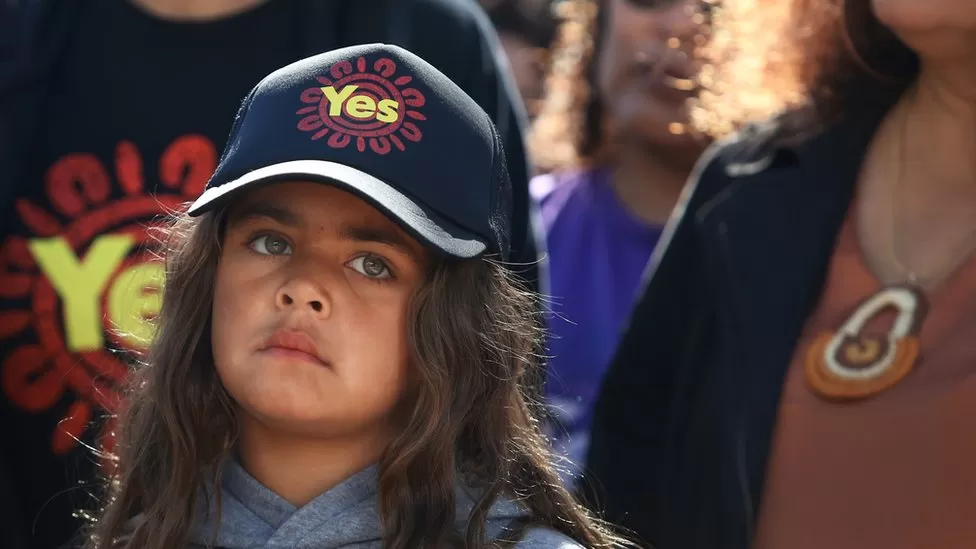Australia trails New Zealand on Indigenous journey

This week, the largest collection of Aboriginal and Torres Strait Islander art in New Zealand was on display at the Auckland Art Gallery.
In the exhibition’s final room, themed Resistance and Colonisation, observers stood back to examine Vernon Ah Kee’s statements pasted on the wall. As an Aboriginal Australian living in his own country, he narrates the following experiences in his 2002 work, If I Was White:
If I was White, I could wear a suit and tie without being suspicious. If I were White, I could shop in luxury stores without being suspicious.”
White people would not have to live in a country that hates them. White people would have their own country.”
While reading the panels, Debbie May, 65, explained to her friend Wan, a 25-year-old Chinese immigrant to New Zealand, that neighbouring Australia would be having a referendum on Indigenous people.
“It’s to give them more representation,” she explained. It’s because of that that you see everything here,” she said, gesturing around the room. There is a connection between them.”
During this year’s landmark election in its neighbor, New Zealand – another former British colony considered closest to Australia in character – more conversations like these have taken place.
As a result of the update to the constitution, Aboriginal and Torres Strait Islander people will be recognised as Australia’s first inhabitants and a small platform will be established for Indigenous representation in politics if it passes this Saturday.
It appears that the Voice to Parliament proposal will fail according to polling – a scenario that many “across the ditch” find inconceivable.
The country has also struggled with a colonial history that has resulted in severe hardships for its Indigenous population. Similarly, Aboriginal and Torres Strait Islander people in Australia are disadvantaged on health, income, education and incarceration statistics.
